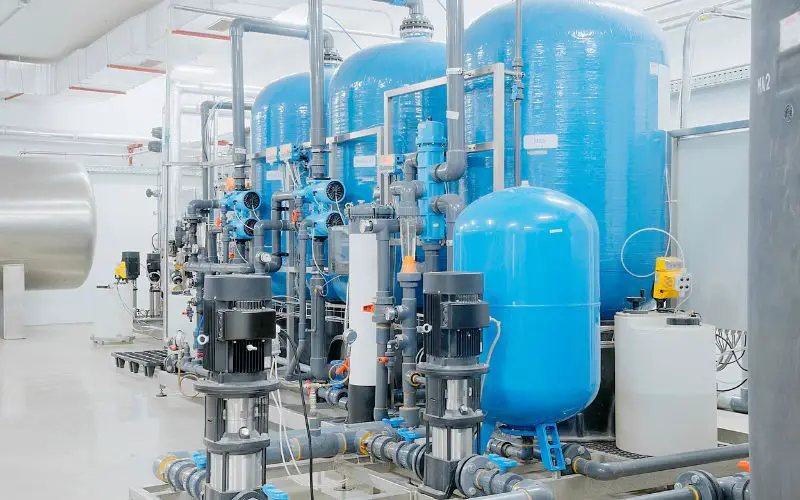
Is it possible to make green hydrogen out of seawater?
August 13, 2022Renewable H2 will be an important part of the decarbonization mix, but it requires water.
With the price of renewable electricity on the decline, the production of green hydrogen is becoming an increasingly viable option.
This type of H2 is made using renewable electricity to power water electrolysis.
That said, electrolyzers that produce green hydrogen typically depend on pure water, despite the fact that the most abundant form of H2O is seawater. With the broad availability of salt water, research has been aimed at developing electrolysis that would be able to use salt water directly for mass H2 production. As a result, many now wonder if there is a real possibility of using this type of technology or if the challenge simply doesn’t look promising.

Desalination Plant
Among the most important struggles resulting from using seawater in electrolysis is that it corrodes electrodes faster than ultrapure water. The sodium chloride and organic salts dissolved in ocean water corrode catalytic electrodes, shortening their useful life. As those components are typically among the most expensive parts of an electrolyzer – typically made of rare metals such as platinum – this corrosion skyrockets the cost of H2 to the point that it simply isn’t feasible.
Alternately, desalinization and purification technologies can turn seawater into ultrapure water more usable for water electrolysis, but that technology is expensive as well.
Progress is being made toward the use of ocean water for viable green hydrogen production.
Several advances have been made to help overcome many of the top challenges to the production of renewable H2. Among them include:
- Developing coatings for electrodes that will allow them to remain effective while protecting them against the corrosion of being submerged in salty water.
- Using a semi-permeable membrane for salt water electrolysis.
- Using novel forms of platinum catalysts for ion recombination while floating on the water’s surface to reduce corrosion.
- Using forward osmosis.
Each of these methods is currently the focus of a green hydrogen production study and shows considerable promise for boosting the viability of the process using salt water. Though the technology isn’t there yet, with such developments well underway, it does appear that seawater has potential for future production of this zero-emission fuel.



 With over 15 years of reporting hydrogen news, we are your premier source for the latest updates and insights in hydrogen and renewable energy.
With over 15 years of reporting hydrogen news, we are your premier source for the latest updates and insights in hydrogen and renewable energy.
Using nuclear power from military ships to make hydrogen is also being researched. Hydrogen and jet fuel can be synthesized from seawater. Large tankers using ammonia is also being researched.
If a dedicated nuclear power plant is used as a power source for the electolosis process,sea water can be used to cool the reactors and perhaps the steam generated by the cooling process can be captured as a source of pure water. The steam is typically vented vented inside massive
e cooling towers.
can we use used house hold waters for electrolysis
we can do this now at project protium ltd that’s exactly what we do
projectprotium.net